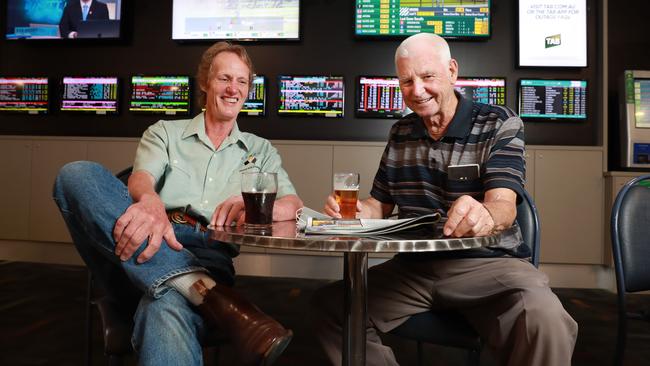Coal and climate leave Labor with pain in the regions

But the mood is changing. The ALP’s shift to the political left and commitment to its climate change agenda play well in some of the nation’s inner-city enclaves but in the Hunter — one of Labor’s heartland electorates — many blue-collar acolytes have turned their backs on the party that has been in their blood for generations.
Retired coalminer Alan Gray has been a Labor member since 1980, and is blunt in his assessment of the party he has supported — and trusted — his entire adult life. “We have lost a bit of our grassroots,” Mr Gray said. “What (veteran Labor member) Joel (Fitzgibbon) has said is spot on: we are not listening.”

Mr Gray said Labor frontbencher Mark Dreyfus was wrong to call Mr Fitzgibbon “out of step” with the community on the issue of climate change.
“It is the other way around. It might be the view of the inner part of Melbourne,” Mr Gray said, “but Joel’s stance and what he is saying is pretty well how the people feel.”
Like many ALP voters in the Hunter, Mr Gray, 82, who now finds himself in neighbouring Paterson after a redistribution, keenly endorses Mr Fitzgibbon’s push to put “labour back into the Labor Party”.
Mr Fitzgibbon’s seat is a microcosm of Labor’s demise in regional and rural areas since Kevin Rudd swept to power in 2007. The collapse in his primary vote highlights why the veteran MP has been so vocal in recent years about Labor returning to a more central position on climate change – and why it came to a head with Anthony Albanese and Dreyfus in shadow cabinet on Monday night.
Over the past 12 years, as climate change policy has come to the fore, Labor’s footprint has been reduced to mostly urban electorates and a small rump of seats beyond the city limits. But the party no longer resonates with the likes of Mr Gray. And while some branches of the party have read the writing on the wall — Queensland Labor leader Annastacia Palaszczuk managed to deal adroitly with the environmental and employment concerns of city and country voters in relation to climate change and won last month’s state election — federal Labor risks alienating its loyal base on the divisive issue.
At seven out of eight elections starting in 1996, Mr Fitzgibbon had seen his primary vote clear 50 per cent. But on May 18, 2019, his stranglehold on the seat his father Eric held for 12 years before him disintegrated. His primary vote plunged to 37 per cent, down 14 percentage points, forcing him to rely on preferences to get over the line. Hunter was reduced to a marginal seat held by less than 3 per cent.

It is a trend eating away at Labor in the regions. The party of the labour movement, of Barcaldine, of the Tree of Knowledge has become a party almost entirely of suburbia.
After the 2007 federal election, Labor held 24 electorates outside the capital cities; now it has just 13, most centred on large regional towns such as Newcastle, Wollongong, Ballarat and Bendigo. It doesn’t hold a single seat in Queensland, Western Australia or South Australia outside the capitals, and has just one each in Tasmania and the Northern Territory.
So urbanised has Labor become that, if you exclude the giant Northern Territory electorate Lingiari, its other 67 seats only cover about 150,000sq km. That equates to just over 3 per cent of Australia’s habitable regions — or about two-thirds of Victoria. It wouldn’t even fill the small African nation of Tunisia.
Winning bush seats on primary vote alone was once a regular occurrence for Labor, with eight MPs achieving the feat in 2007; last year, not one managed it.
The added problem for Labor is it has also had a vote collapse in the “progressive belt” seats, where the Greens are strongest — and where aggressive action on carbon emissions resonates most strongly.
In Melbourne, Clark, Brisbane and Griffith, Labor’s primary vote has dropped more than 20 percentage points since 2007. Three of those are no longer in Labor hands, while the fourth, Mr Rudd’s former seat of Griffith, is now marginal and a danger zone for Labor based on the Greens’ victory in the overlapping state seat of South Brisbane last month.







For more than a century, the heartbeat of the Labor Party reverberated loudly through the Hunter Valley’s coalmines, across its famous vineyards and cattle country, and along the working-class streets of its tight-knit communities.